-
 Biaxially Oriented Polypropylene Film
Biaxially Oriented Polypropylene Film
-
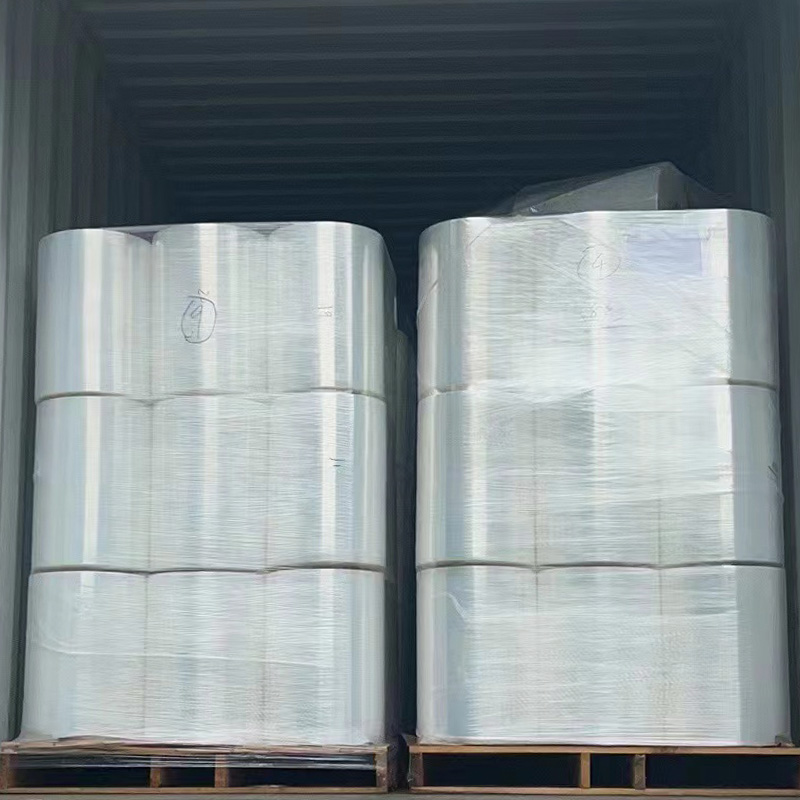 High Quality PE Stretch Film
High Quality PE Stretch Film
-
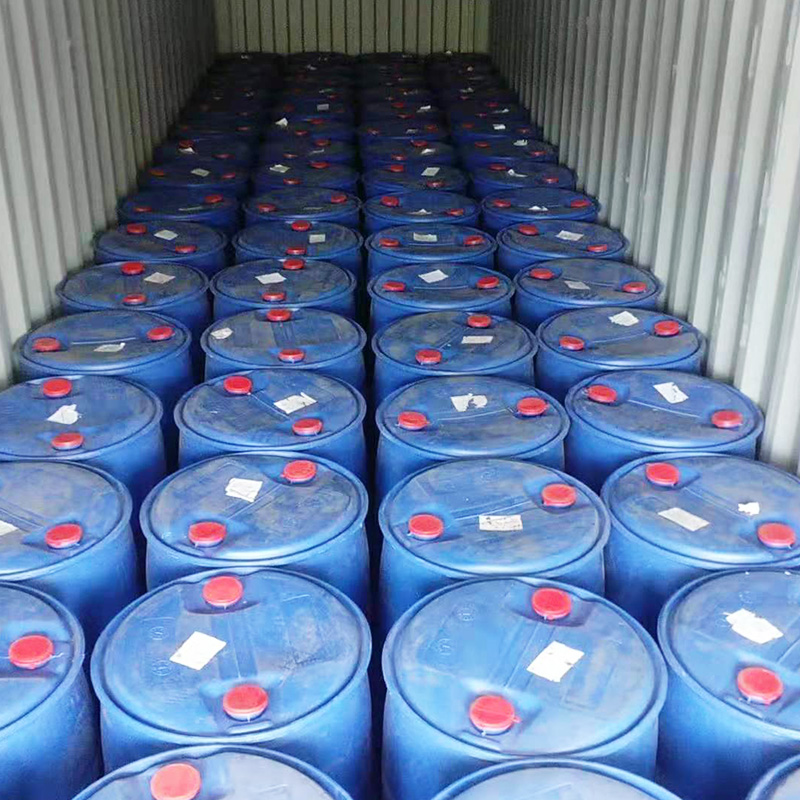 Water Based Acrylate Glue
Water Based Acrylate Glue
-
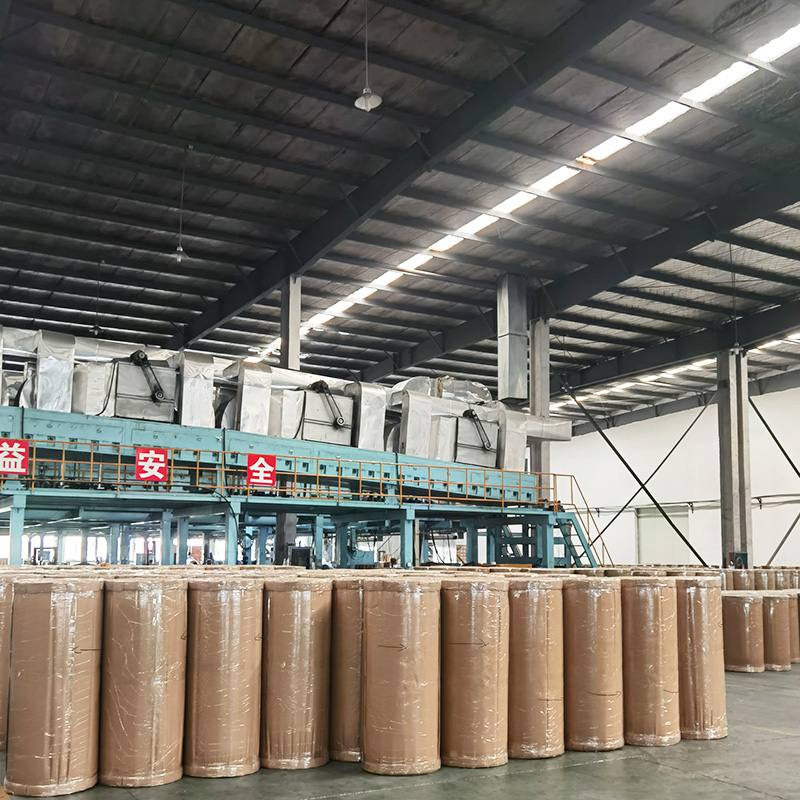 BOPP Acrylic Jumbo Roll Tape
BOPP Acrylic Jumbo Roll Tape
-
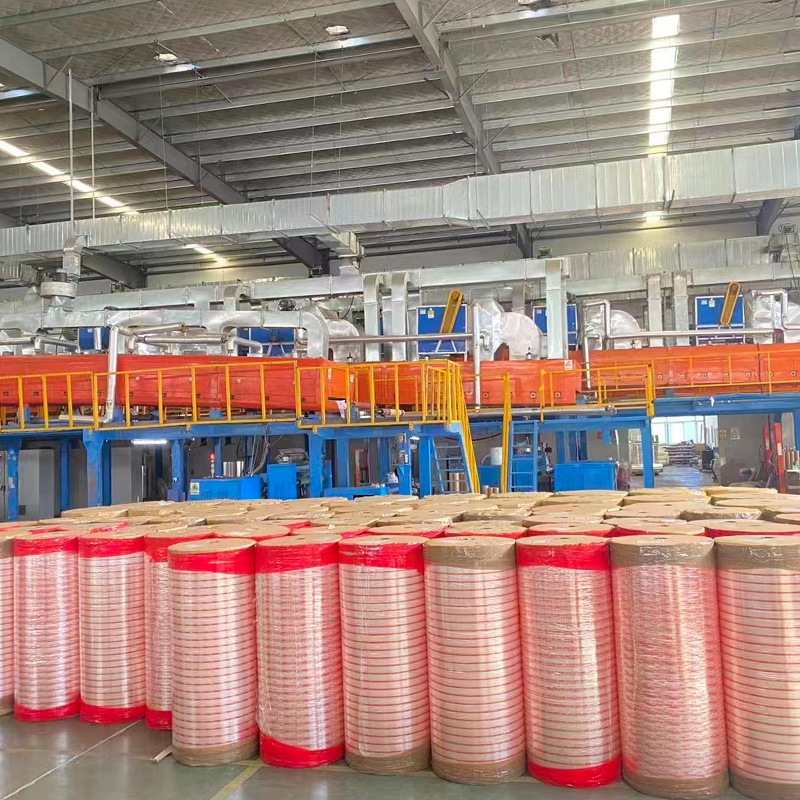 BOPP Hotmelt Jumbo Roll Tape
BOPP Hotmelt Jumbo Roll Tape
-
 BOPP Solvent Jumbo Roll Tape
BOPP Solvent Jumbo Roll Tape
-
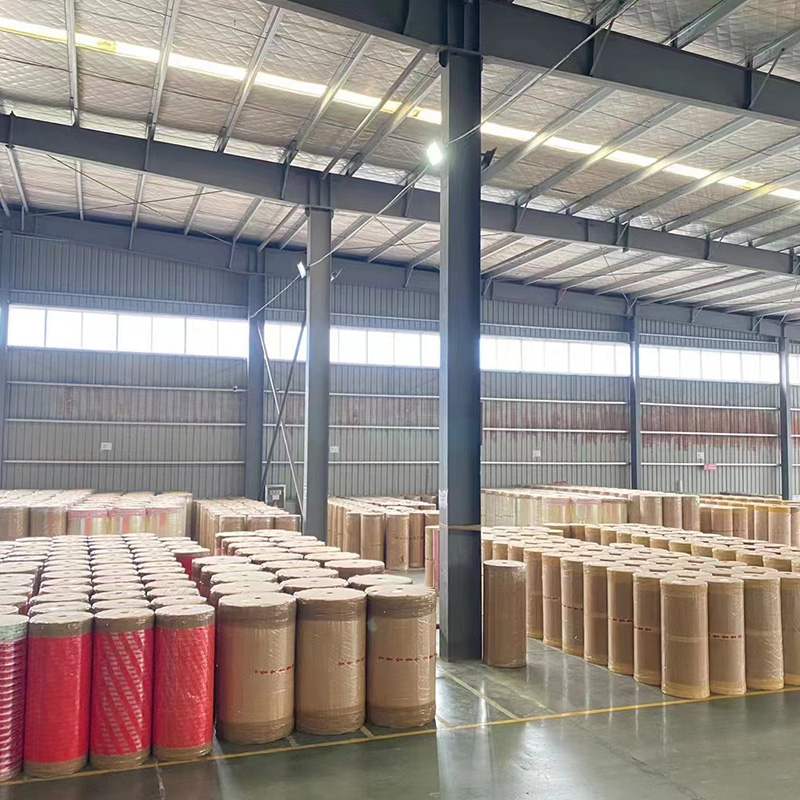 BOPP Natural Rubber Jumbo Roll Tape
BOPP Natural Rubber Jumbo Roll Tape
-
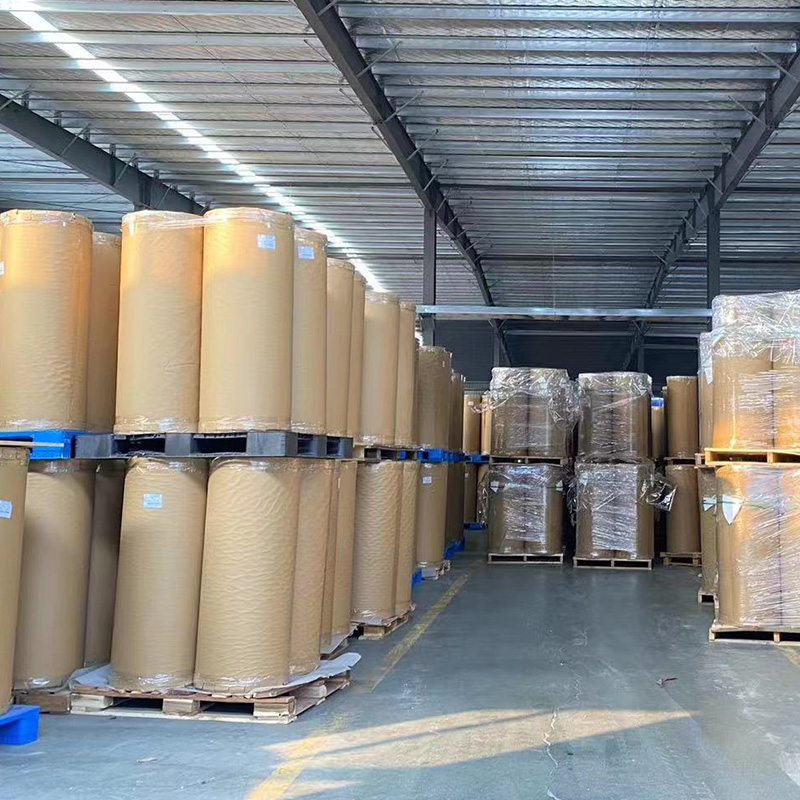 BOPP Low Noise Jumbo Roll Tape
BOPP Low Noise Jumbo Roll Tape
-
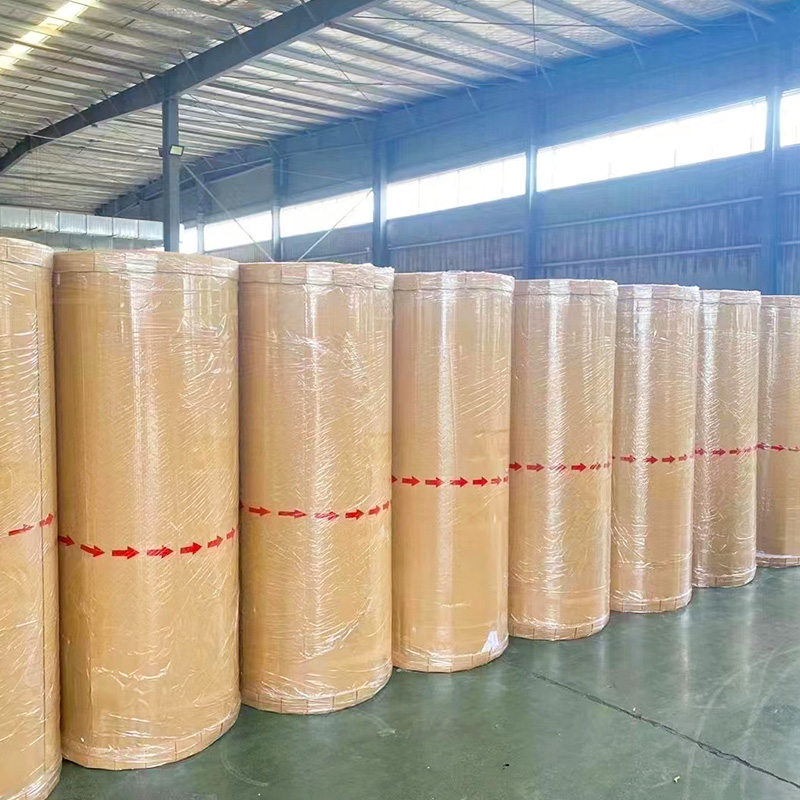 BOPP Silent Jumbo Roll Tape
BOPP Silent Jumbo Roll Tape
-
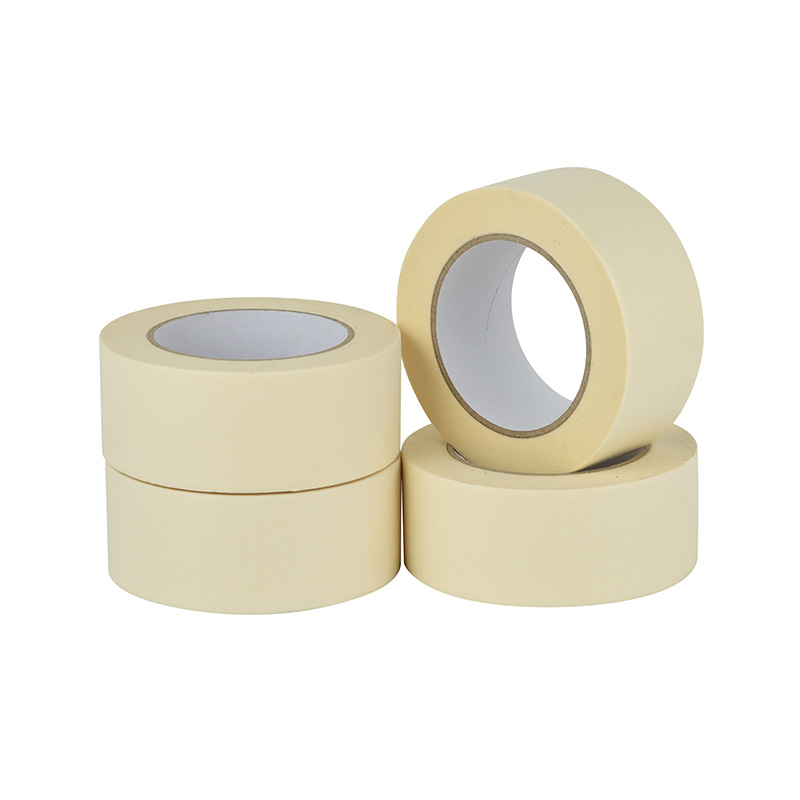 Masking Tape Jumbo Roll
Masking Tape Jumbo Roll
-
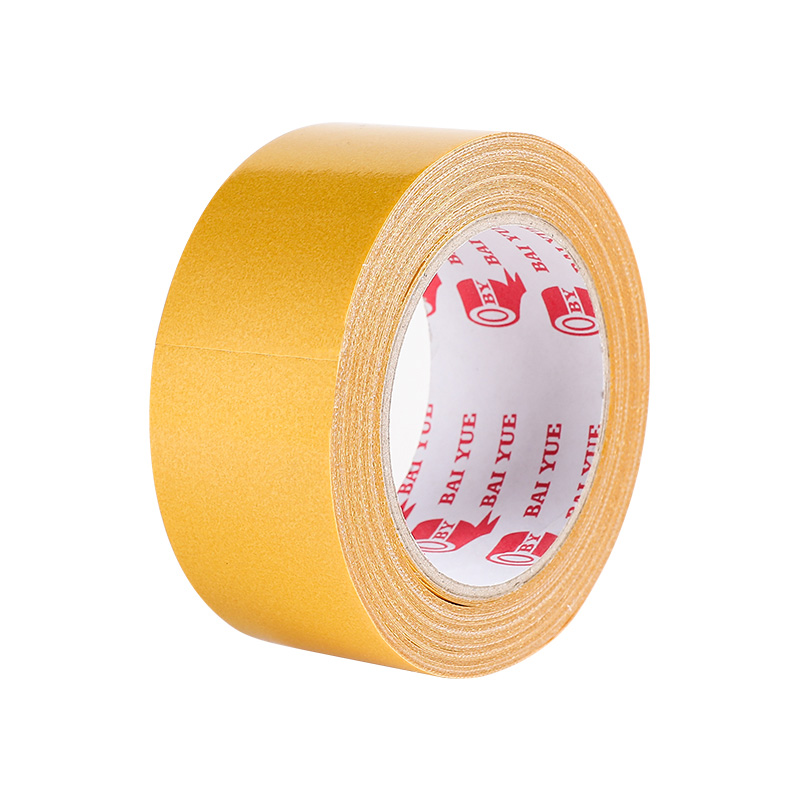 Duct Tape Jumbo Roll
Duct Tape Jumbo Roll
-
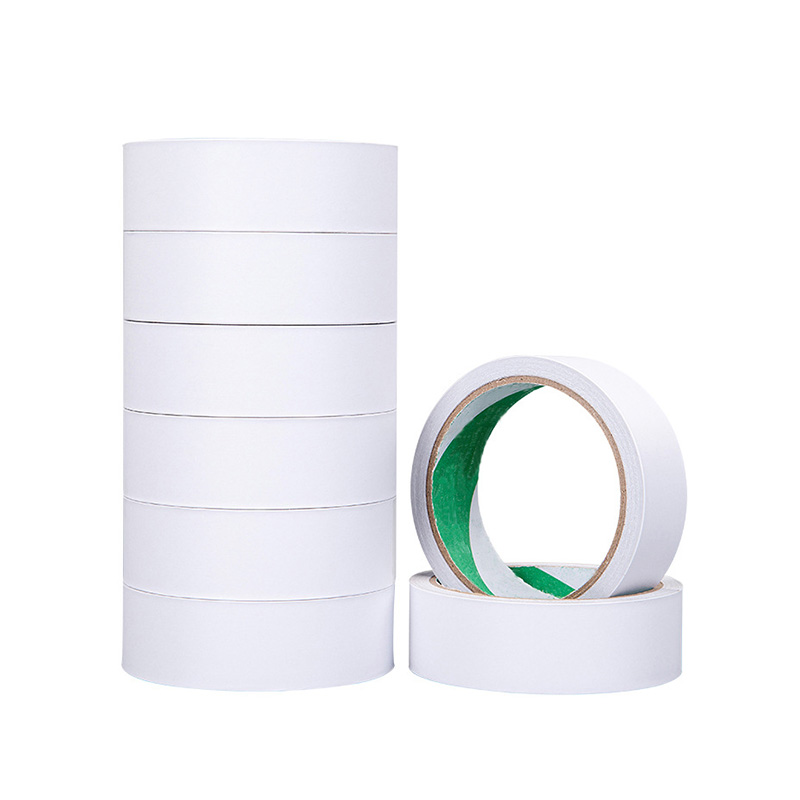 Double Side Tape Jumbo Roll
Double Side Tape Jumbo Roll
What are the common uses for tape?
Common Uses of Tape
1. Packaging and Sealing: Transparent or BOPP tapes are used for express packaging and carton sealing, providing reliable securement and protection.
2. Industrial Securement and Protection: Cloth-based, foam-based, and kraft paper tapes offer high adhesion and weather resistance and are commonly used for packaging heavy items, securing mechanical components, and providing moisture and shock protection.
3. Electrical Insulation: Electrical tapes (PVC, silicone, etc.) are used for wire insulation, waterproofing, and corrosion protection, and are widely used in electrical repairs and equipment protection.
4. Automotive and Aviation: High-strength tapes (such as 3M VHB series) can replace screws and welding, playing a key role in bonding, sealing, and noise reduction in aviation and automotive structural components.
5. Electronics Manufacturing: PET double-sided tapes and non-woven tapes are used for securing internal components, bonding screens, and sealing moisture-proofing in electronic products such as mobile phones and tablets. 6. Decoration and Creativity: Masking tape and colored tape are used for beautifying edges and creating patterns in notebooks, art creations, and interior decoration.
7. Special Functions: Aluminum foil tape offers UV, fire, and chemical resistance, making it commonly used in demanding applications such as refrigeration and pipe insulation.
8. Healthcare and Daily Use: Medical tape and invisible tape are used for daily needs such as wound fixation, paper repair, and temporary bonding.
How to Use Tape Properly?
1. Surface Preparation: Before applying, ensure the surface to be bonded is clean, dry, and free of oil and dust, as this will significantly reduce the bond strength.
2. Select the Appropriate Type: Choose the appropriate tape based on the application environment and load requirements (e.g., cloth-based tape for securing heavy objects, PVC tape for waterproof insulation).
3. Apply Even Pressure: Use your hands or a roller to evenly press the tape during application to avoid air bubbles or loose spots, and ensure full contact between the bonding surfaces. 4. Moderate Stretch: Avoid excessive stretching during application, as this can cause uneven stress on the adhesive layer and premature failure. If necessary, slightly stretch the tape to 1.5–2 times its original length before wrapping.
5. Cutting and Measuring: Measure the required length in advance. Keep the blade straight when cutting to avoid waste and ensure neat edges.
6. Sectional Lamination: For long strips or large areas, it is recommended to apply the tape in sections, gradually laminating from one end to the other, ensuring each section is fully compacted.
7. Removal: When removing, first use hot air or gently tear open the ends to avoid forcible tearing that may cause adhesive residue or damage to the substrate.
8. Storage and Maintenance: Unused tape should be stored in a cool, dry place, away from direct sunlight and high temperatures to maintain its adhesiveness and elasticity.
-
 +86-575-82818961
+86-575-82818961
+86-15906537907 -
 fortuna@baiyiadhesive.com
fortuna@baiyiadhesive.com
-
 Baiguan industrialZone,Shangyu District, Shaoxing City, Zhejiang Province, China
Baiguan industrialZone,Shangyu District, Shaoxing City, Zhejiang Province, China



Copyright © Zhejiang Baiyi Adhesive Products Co., Ltd. All Rights
Reserved.
Wholesale Tape Manufacturer
Custom Tape Supplier

 fortuna@baiyiadhesine.com
fortuna@baiyiadhesine.com


 中文简体
中文简体 Español
Español عربى
عربى